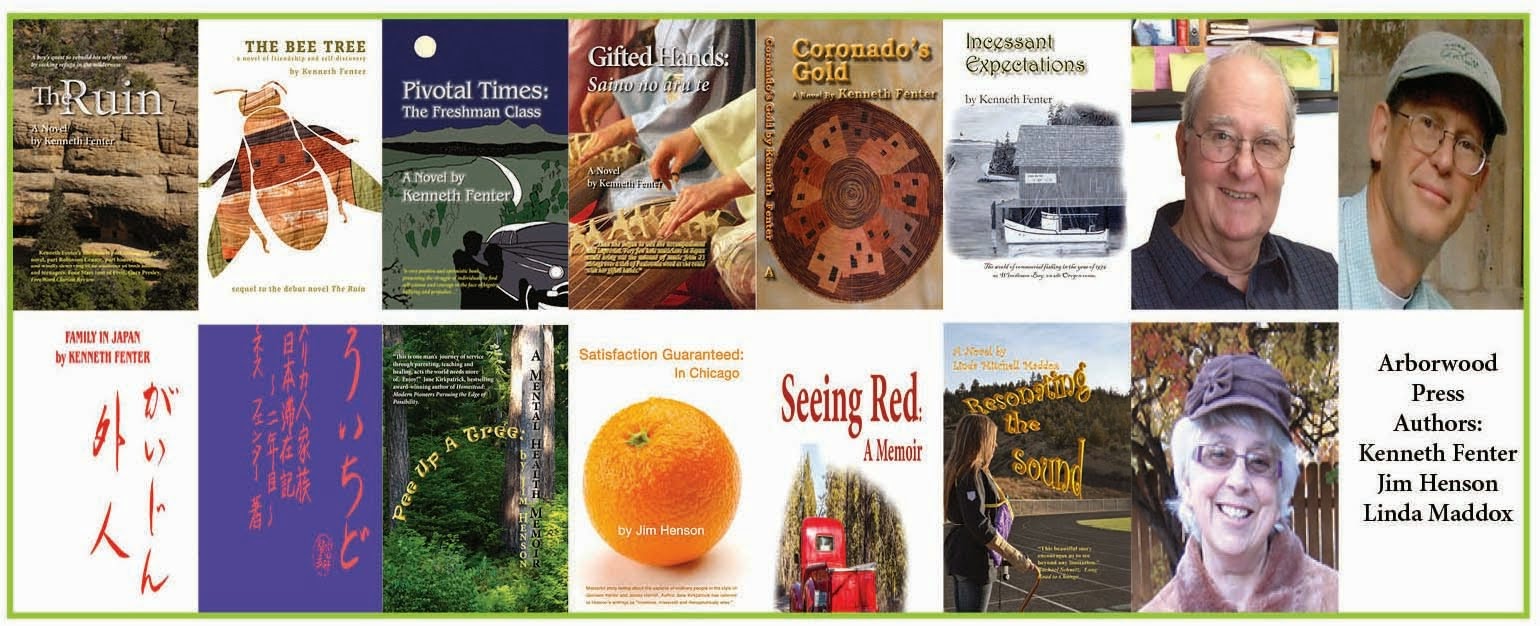 |
I did a series of
Stained Glass Windows
about the persecution
of the Christians of
Kyushu. This is the one
of the Daimyō grave-
yard in Ōmura town of
Daimyō Ōmura.
Design by Ken Fenter
size 36"x12" |
In my new novel
Gifted Hands: Sainō no aru te, the principal female character is a descendent of the historical Kakure Kirishitans of Japan. In the prologue she tells her the family of what she hopes will be her future parents-in-law the history of the Hidden Christians and of their leader Daimyō Ōmura (King Ōmura). Her connection is her ancestor who had been a retainer of the exiled king, exiled to his estate in the town of Ōmura near Nagasaki by the Tokugawa government in the mid 1600s. When Daimyō Ōmura died his retainers fled knowing they would be executed as they like their leader had never rejected their Christianity. In the middle of the night they fled to the Goto Islands off the western coast of Kyushu west of the mouth of the Bay of Ōmura. There they and their descendants lived not as Samurai but as fishermen. They continued to worship as "Hidden Christians - Kakure Kirishitans." To escape discovery and death, they carried no written Christian publications with them nor any Christian artifact. All text was passed down by memory from adult to child for 200 years until the Meiji Restoration in 1873.
 |
| Photo by Ken Fenter 1979 |
Shortly after the restoration the Catholic Cathedral was built at Urakami in Nagasaki (which was ironically the epicenter of the A-Bomb blast in 1945). The Oura Catholic Church was built shortly after the Urakami church was built. This brought an exodus from the islands of the Kakure Kirishitans to rejoin the church. Some didn't like what they saw and continued to practice.
In recent times weather and archeological examination discovered a small imperfection in a monument beside Daimyō Ōmura's gravestone and investigated it. Behind the stone they found an engraving of the cross.
This graveyard figures significantly and symbolically in the novel
Gifted Hands: Sainō no aru te.
Kenneth Fenter



No comments:
Post a Comment